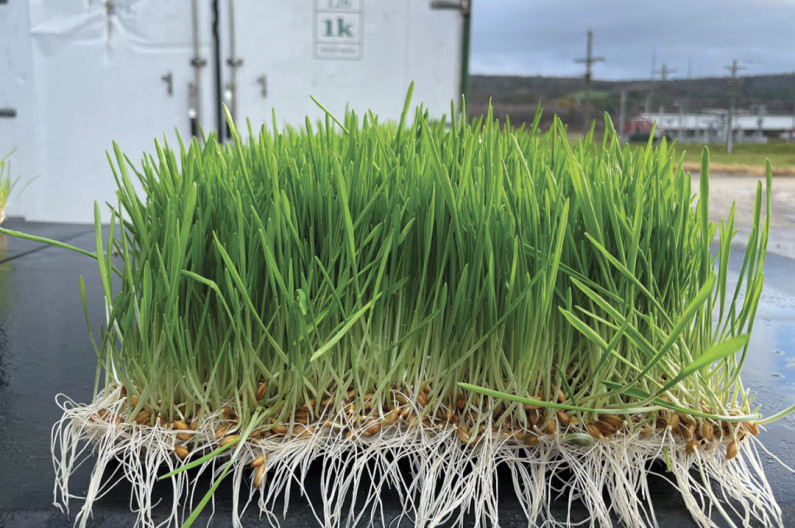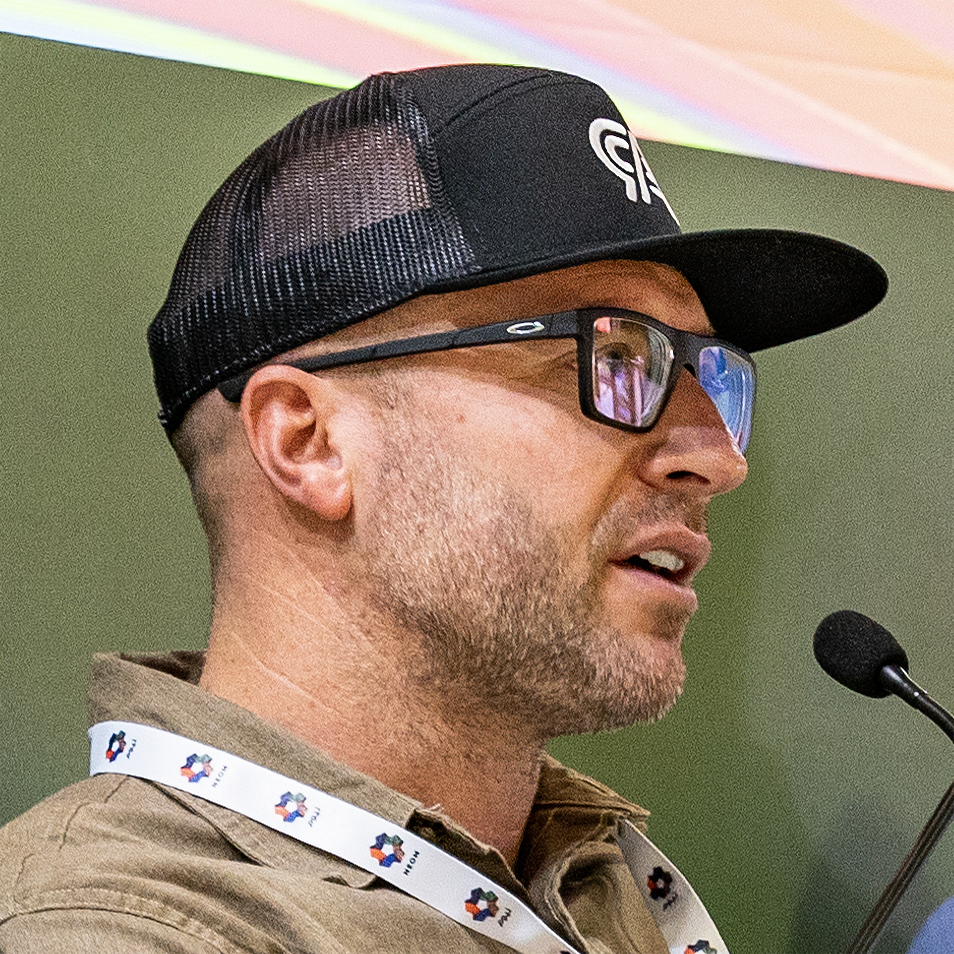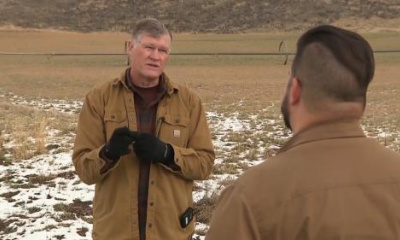Renaissance Ag CEO Caleb Wilkins does not believe farmers set out to destroy the environment, the land on which they depend. They know how to graze and feed animals and raise crops in ways that minimize their environmental footprint — and left to their own devices, they would prefer these practices. After all, depleting natural resources degrades their own ability to farm and will, over the course of generations, put them out of business.
But economic realities, Wilkins says, have pushed Utah farmers to make decisions that compromise the environment.
These challenges were the impetus for Renaissance Ag, a technology startup based in Vineyard, Utah, to begin looking for economic solutions for farmers. Generally, farmers can’t afford to buy more land, so as market competition has slashed the price of commodities like grain or beef, farmers try to do more with less — grow more on the same amount of land, and crowd more cattle into the same pasture. Long-term, this practice damages the natural productivity of the land, so farmers have to grow or import hay, generally alfalfa, to feed their animals. Buying more feed increases the cost of producing the cattle, and so the vicious cycle continues.

This shows the hydroponic barley sprouts and root mat created by Renaissance Ag's vertical farm system. It can be fed to cattle, goats, sheep, pigs, chickens and horses. For cattle, it is first blended with alfalfa. Photo courtesy Renaissance Ag.
Wilkins wanted to break this cycle. But of course it’s not possible to make more land, and they found there wasn’t much that could be done to make the animals themselves more efficient. “The animals have been raised so well for so long,” he says, “that you can’t invent a new cow. That’s already been done.”
What they could do, he found, was produce more food for animals in less space using vertical farms. A single vertical farm, automated and optimized to grow wheat and barley as fodder for cows or livestock, could produce as much animal feed in 355 square feet as a 134-acre field of alfalfa. That supplementary feed can help farmers raise more animals on less land, which could increase the profitability of farms and reduce the pressure to sell ag land to developers.

This shows what is called a "fodder biscuit" created by Renaissance Ag's vertical farms. The hydroponic barley sprouts and root mat can be fed to cattle, goats, sheep, pigs, chickens and horses. For cattle, it is first blended with alfalfa. Photo courtesy Renaissance Ag.
With time, however, they’ve discovered that reduced land use is far from the only benefit to vertical farming. Growing fodder in a controlled environment that eliminates evaporation and recycles water can reduce the water use of animal feed production by upward of 90%, Wilkins says. His numbers have been verified by the Utah Department of Agriculture and Food and far exceed the 20% benchmark that would put the Great Salt Lake on a path to health.
“That’s where we get excited about, can vertical farming do anything about this situation,” on the Great Salt Lake, Wilkins says. “I think there is a path where vertical farming can do that.”
Vertical farms aren’t some far-off technology, Wilkins says. Renaissance Ag will have at least two dozen commercial units in place by the end of 2024,and has a long backlog of would-be customers hoping to install a vertical farm of their own as the startup expands its manufacturing capacity.
This doesn’t mean that vertical farms are a silver bullet, Wilkins says. Their units do increase the energy use of the farms that install them, and if they aren’t managed carefully, they can be prone to plant-killing diseases. And currently, the Renaissance Ag units aren’t capable of producing complete diets for farm animals — the fodder they currently grow lacks adequate protein. Although the company has a potential solution to this nutritional deficit in the works for their next generation of robotic farm units, it won’t be ready for commercial use for some time.
The upfront cost of the vertical farm units is also quite substantial, particularly for small farms that may not be “in a financial position to buy a tractor, let alone a vertical farm,” Wilkins says. And the units do not yet qualify for most government programs that provide financial assistance to farms.
Renaissance Ag has tried to compensate for this by providing in-house financing packages that allow farmers to pay for the unit over time, in theory out of the savings the vertical farm generates.
“That’s not easy, because it’s a capital burden on our end,” says Wilkins, whose company has 19 employees. “But rather than pushing that to the farmer, we’re putting it onto our shoulders. … Livestock producers are down 45%. We don’t want them to go down 50% because of us. We want to gain back some of that ground.”









